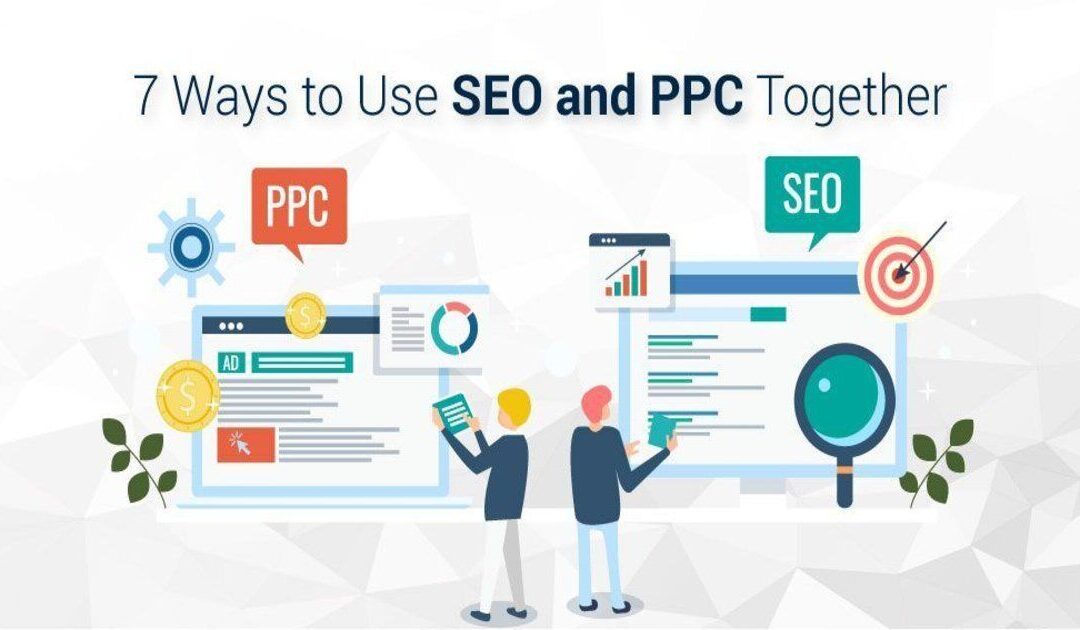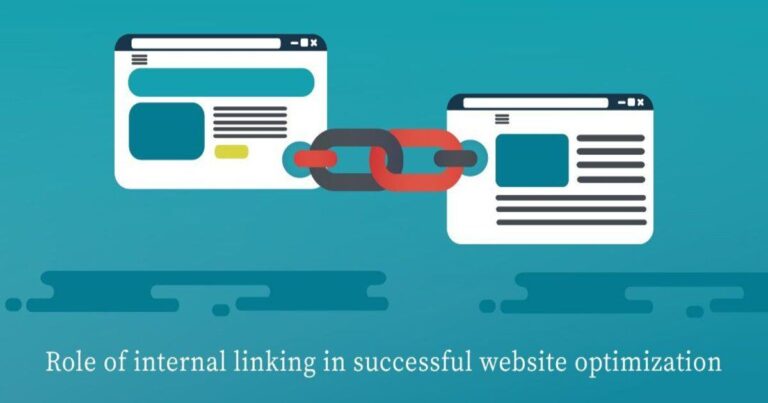SEO and PPC
SEO and PPC are two different yet equally important aspects of your website promotion strategy. Every webmaster wants his website to rank on the first page of the search results. While some manage to take their website to the top of search engines, others try their best but can’t see any results.
Do you know SEO (search engine optimization) can work wonders if combined with PPC (pay-per-click) marketing strategy? Sure, both tactics are 100% different. But let’s not forget the fact that both are developed to help marketers reach out to a vast audience. From improving the site’s visibility to preventing negative PR, SEO and PPC can take your eCommerce websites to the next level if used properly. In this post, we will discuss 7 effortless tips for using SEO and PPC together. Let’s get started.
-
Leverage Keyword Strategy
A lot of website owners use their PPC campaign keyword data to implement the perfect on-page SEO plan. It isn’t a modern or latest concept. But it is still important to mention how keywords data from the PPC campaign can be leveraged to develop the right SEO plans. PPC campaigns allow webmasters to test their keywords thoroughly.
Read Also: How Important is Keyword Analysis?
-
Using PPC Campaign to Test SEO
As PPC is known for delivering the best results super quickly, it can be the best way of testing SEO of your website. The PPC campaign data helps web owners to find the most searched, typed, clicked, and converted keywords and plan their future SEO strategies accordingly.
-
Bring Customers Back to your Website
If your website manages to rank on top with SEO tactics, congratulations! But, that’s not the only factor that determines your conversion rate. People visit your website and then start comparing your products with that of the competitors. Some customers never return to your website while others forget about your online store after the first purchase.
By combining SEO and PPC, you can track the items your audience finds interesting and display the ads of these items later. Customers find it easier to click on the given ad instead of searching for the goods and a particular website on Google.
-
Improve Your Brand by Combining SEO and PPC
PPC is much more than the casual ads displayed on your customer’s screen. These ads have the potential to bring huge organic traffic to your website if you combine it with SEO. By customizing the PPC text and blog post, you can make your content sound intriguing and useful. Sure, paid searches bring inorganic traffic but when you optimize your meta-data, HTML tags, and the overall content for the search engine; you will generate organic traffic through paid advertisements. You can use an SEO Audit Tool to do this job.
-
Long-tail Keywords and Relevancy of the PPC Ads
Long-tail keywords is the best way to determine the negative keywords that aren’t helping your PPC campaign. Finding the negative keywords help both your customers (as they don’t waste time on a website that’s irrelevant to their search query) and webmasters (as they don’t have to pay for unwanted clicks).
Read More: Long Tail vs Short Tail Keywords – How to Estimate SEO Return on Investment
-
Writing a Perfect Ad Copy
The role of PPC advertising is to bring enormous traffic to your website. But, you still need an SEO strategy to encourage your viewers to choose your website over the competitors. A call-to-action, proper content, and informative blogs will help your website to stand out from the rest.
-
Target Organic and Inorganic Customers
You can invest in PPC advertisements and optimize your website for search engines to drive both organic and inorganic traffic. While organic users will already find your content interesting, you can impress the uninterested users by publishing high-quality and SEO-optimized content.





